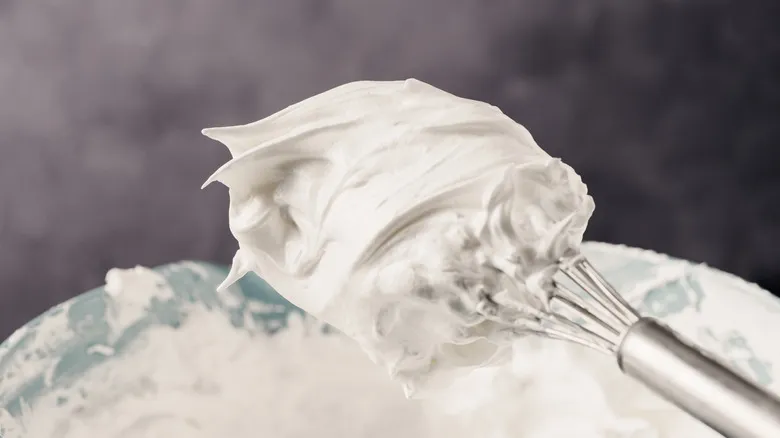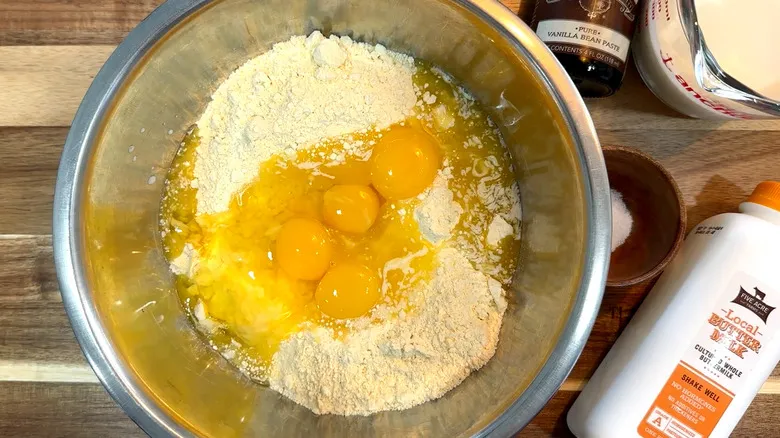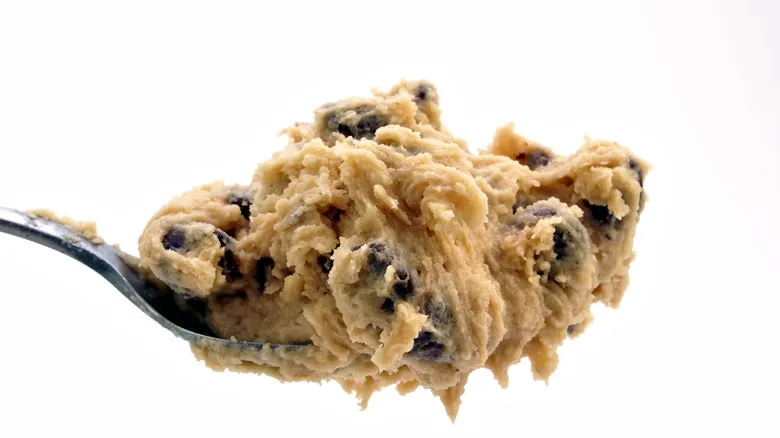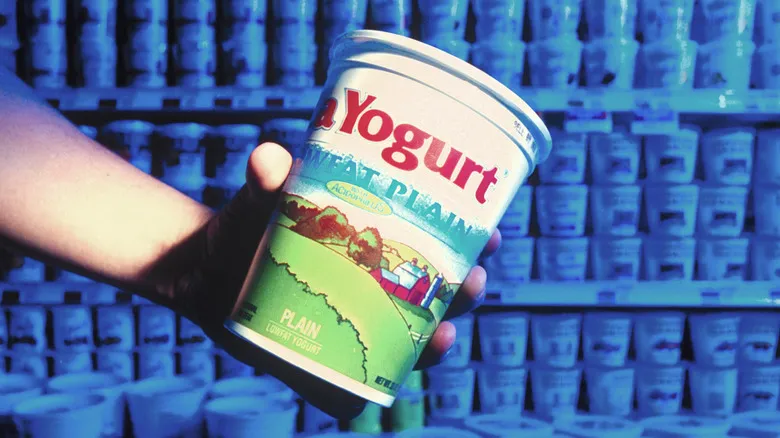Whipped egg whites are a mechanical leavening agent

Various leavening agents function in distinct ways. For instance, baking soda acts as a chemical leavening agent, depending on a reaction with an acid to generate carbon dioxide, which helps baked goods rise. In contrast, whipped egg whites serve as a mechanical leavening agent, where the physical action of whipping creates a structure that traps air and expands the baked items. This process is referred to as foaming.
When you whip egg whites, the protein strands elongate and form bubbles that capture air as the whipping continues. The more you beat the whites, the more bubbles are created, leading to a foamy texture. Once these foamy whites are mixed into the batter and baked, the heat causes the tiny air pockets to expand, resulting in a rise in the baked product. Baked goods that particularly benefit from whipped egg whites as a leavening agent include sponge cakes, muffins, meringue, baked waffles, and light soufflés. Here’s how to achieve it.
How to add whipped egg whites to baked goods

To substitute whipped egg whites for baking soda in your baked goods, begin by preparing the batter as you normally would, but omit the baking soda. Next, determine the number of egg whites needed to replace the baking soda; this will depend on your specific recipe, but a general guideline is to use one egg white for every ½ teaspoon of baking soda.
Separate the egg yolks from the whites, placing the whites in a glass bowl, and whisk them well. If you're using an electric mixer, gradually increase the speed and beat the whites until they form soft peaks. Once they are ready, gently fold the whipped egg whites into the batter mixture instead of mixing or stirring as you would with other ingredients.
Make sure to use the correct folding technique: take a rubber spatula and slide it down the center of the bowl as if slicing through the batter and whites. Then, twist the spatula to scoop under the batter and around to the side, lifting the batter and folding it over the whites. Rotate the bowl a quarter turn and repeat the folding motion. Continue this process until the whites are fully incorporated into the batter, being careful not to overmix, as this could deflate the air you've incorporated into the whites. Finally, continue with the rest of your recipe as usual and prepare for a wonderfully airy bake.
Recommended

You're Doing It All Wrong - How To Make Boxed Cake Mix

What Makes Cottage Cheese Cookie Dough Edible?

2 Easy Ingredient Swaps For Yogurt In A Recipe

Marcus Samuelsson Swears By A Simple Pan Swap For Cornbread
Next up

